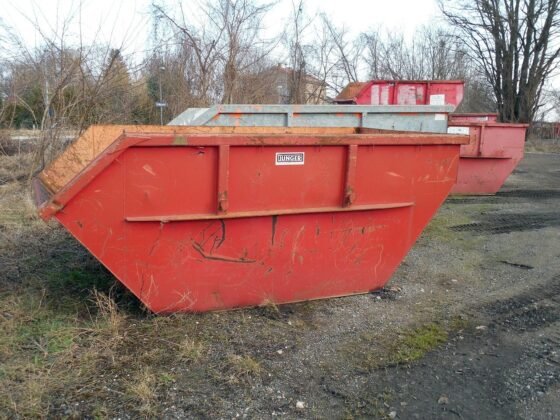Table of Contents Show
A patio is the best way to add living space to your garden. Laying some attractive paving slabs in a designated area is sure to make you want to spend more time outdoors. Instead of hiring a professional to lay a new patio, consider saving money by doing it yourself.

Lay a Patio and Paving Slabs in Simple Steps
Read Also:
1. Create a Plan
Never begin laying a patio without taking measurements and coming up with a design. Use graph paper to keep your design to scale. Make sure to include any landmarks or plants that are in the garden. If you are looking to add steps or are dealing with a slope, this should also be noted in your plan.
2. Preparation
No work should begin until the site has been properly prepared. Using your design plans as a tool, begin marking the perimeter of the new patio with pegs and string. Double-check your work to ensure your perimeter is accurate.
Dig up any turf, plants, or current paving. You want to dig until the area is about 15cm deep. A spirit level should be used to check for weaker areas. For example, if you notice footprints in the soil, you may need to add more dirt to that area to make it stronger. If you don’t, your new patio may sink. Apply a layer of hardcore to act as a foundation. Level the hardcore with a plate compactor until it reaches a depth of about 7cm.
3. Paving Slabs
Laying paving slabs is a relatively simple process; however, preparing them takes a bit more work. The paving slabs may need to be cut to properly fit in the planned patio. Some slabs may need to be cut to a unique shape. To do this, you need special tools. A disc grinder is the best tool for this task. Make sure you know how to use it before you begin cutting.
If your patio design is simpler, you may not need to cut many of your slabs. In this instance, it may be possible to reshape paving slabs with only a hammer and chisel. Once the paving slabs have been cut, it is wise to label them. This way, you’ll know where the cut slabs are to be placed.
4. Bedding Mortar
Unless you want to constantly pull weeds from between the paving slabs, you need to lay bedding mortar. This will help to hinder weed growth and keep the ground stable. Create your own bedding mortar by mixing building sand and cement in a 5:1 ratio, respectively. The bedding mortar is applied directly on top of the hardcore, at a depth of 5cm.
5. Laying the Paving
With your string guidance still in place, begin by laying down the first paving slab. Take your time to ensure this slab is perfectly in line with the string. Rushing through this step may cause the rest of the slabs to not line up correctly.
Continue laying slabs in a line. You want to be methodical in how you lay the slabs to ensure they all fit in place. Use a hammer or mallet to help keep them even. The paving slabs should not touch each other. Instead, be sure to leave a gap of about 1 cm between each slab. A piece of plywood may be used to ensure this gap is the same size at all joints. A spirit level should be utilized to make sure the paving slabs are all level.
Fill the Joint Lines
After the paving stones have been laid, stay off them for at least 24 hours. Then it’s time to fill all the joint lines with either dry sand or patio grout. Pack the sand into the gaps and brush away any excess. The result should be uniform across your new patio.
Helpful Tips
- If your patio is close to the house, be sure to create a slope away from the structure. This will ensure water is redirected away from your home, keeping the foundation dry.
- Plan for patio drainage. Choose run-off areas around the property where rainwater can flow. Either add a drainage system or create a slope to ensure water flows in this direction.
If the patio is near a shady area, you should treat the paving slabs with a patio cleaner to prevent algae and mould growth.









